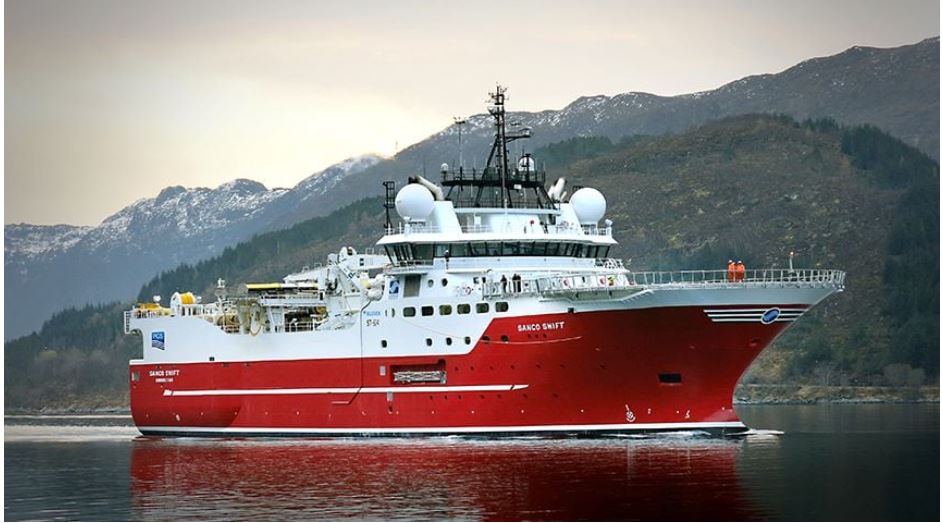
Time is counting down for the “ExxonMobil – Helleniq Energy” joint venture to complete the seismic surveys for the identification of hydrocarbon deposits in the marine concessions of Crete.
According to information, the special seismographic vessel Sanco Swift of the Norwegian company PGS, which is carriying out on behalf of the ExxonMobil – Helleniq Energy joint venture the work in the “West” and “Southwest of Crete” marine blocks, will complete the research program by February 20.
Bad weather
However, the special survey vessel had stopped working these days due to the extreme weather conditions. According to sources, the waves were up to 7.5 meters high. The turbulence causes vibrations in the hydrophones of the cables laid by the ship for the seismic surveys.
On schedule
According to information, the Sanco Swift moved within the objectives of the schedule set by the ExxonMobil – Helleniq Energy joint venture and in fact the mild weather conditions prevailing since November contributed to the coverage of a large part of the survey program.
The completion time of the work is estimated, as mentioned above, around February 20. It will depend on how much the schedule has been pushed back by the interruption of the boat’s itinerary due to bad weather.
Data
According to information, the ExxonMobil – Helleniq Energy joint venture collects almost twice as much, in relation to the minimum contractual obligation, two-dimensional seismic data from the subsoil of the sea plots of Crete.
According to information, both in the area of the “Southwest of Crete” block, which amounts to 19,868 square kilometers, and in the second block of 20,058 square kilometers “West of Crete”, works are being carried out to acquire two-dimensional geophysical seismic data of approximately 13,000 kilometers. The minimum contractual obligation that the consortium had was to acquire seismic data of 3,250 km from each concession, i.e. 6,500 km.
The next stage
The next steps of the consortium are now the processing of the seismic data.
If these are satisfactory and clear in identifying potential targets, then it is not out of the question, as the information says, that test drilling will come closer around the end of 2024.
If acquisition of 3D seismic data is also required, then ExxonMobil will return for these and test drilling is expected around 2025.
Latest News
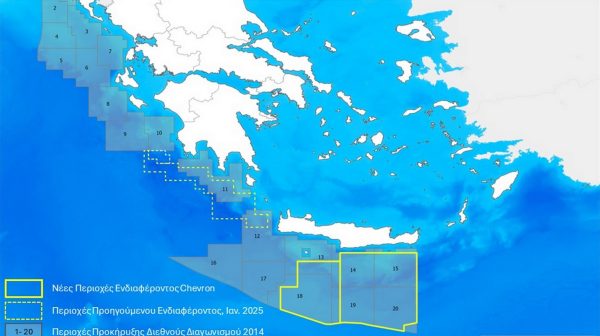
Chevron Confirms Eyeing Natural Gas Exploration South of Crete
Chevron recently declared its intent to explore a third area, south of the Peloponnese.

Evangelos Marinakis: A time of change from which shipping can benefit
Speaking at the 19th Annual Capital Link International Shipping Forum Evangelos Marinakis stressed the challenges that shipping faces today

Retail Trade in Greece Up 2.5% in December 2024: ELSTAT
In January 2025, the General Turnover Index recorded a 2.5% increase compared to January 2024. Compared to December 2024, it recorded a significant decline of 18.4%

Greek Fruit and Vegetable Exports Surge
Greek exporters have expressed concerns over a new draft law in Bulgaria that mandates at least 50% of products in stores to be of Bulgarian origin.

Trump Tower in Greece? Speculation Grows Over Potential Investment
In 2007, the Trump Organization explored the possibility of constructing a skyscraper complex and casino at the former Ellinikon Airport site in Athens
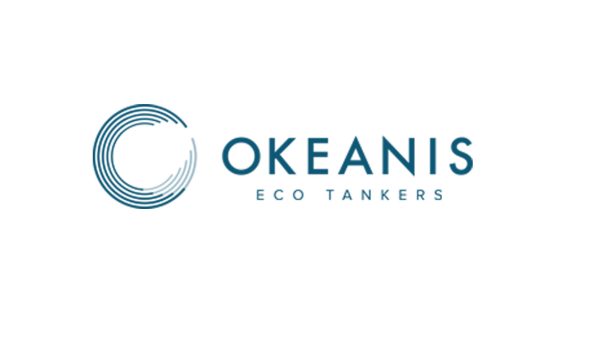
Was Aristidis Alafouzos, CEO of Okeanis Eco Tankers, cheering over extra earnings from carrying ‘sanctioned’ Russian oil?
Okeanis CEO Aristidis Alafouzos tried to give assurances that the company was not carrying sanctioned Russian oil - Recently published data point to the opposite

Tax Filing in Greece Surpasses Expectations
Taxpayers who submit their returns by April 30 will benefit from an increased tax discount of 4% if they opt for a lump-sum payment by July 31, 2025

Evangelos Marinakis: Proud of Diaspora Greeks, ‘Who’re All Together, United’
Marinakis, an Honorary Grand Marshal of the 86th Greek Independence Parade on Sunday, was touched by his contacts in New York City with members of the Greek-American community, where he spoke fondly of the Diaspora: ‘Twice as Greek, Twice over as Olympiacos fans'

Stirring 86th Greek Independence Day Parade Down 5th Ave. Evangelos Marinakis an Honorary Grand Marshal
According to NYPD sources, the 2025 parade is expected to be one of the biggest in recent memory, with some 120 groups with 52 floats and 15 marching bands paraded from 64th to 79th streets along renowned Fifth Avenue

PM Mitsotakis Highlights Chevron’s Interest in Greek EEZ in Weekly Review
“The interest from Chevron is important because a leading American multinational chooses to invest in Greek maritime plots, thus practically recognizing Greece's EEZ in the area,” the prime minister said.

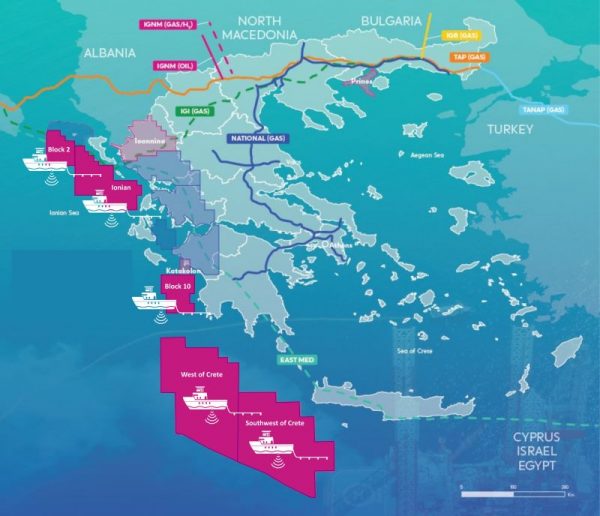









![Τουρκία: Μεγάλες βλέψεις για παραγωγή ηλεκτρικών οχημάτων [γράφημα]](https://www.ot.gr/wp-content/uploads/2025/03/ot_turkish_autos-90x90.png)





![Ξενοδοχεία: «Τσίμπησαν» οι τιμές το 2024 – Πόσο κόστισε η διανυκτέρευση [πίνακας]](https://www.ot.gr/wp-content/uploads/2025/03/hotels-90x90.jpg)





![ΕΛΣΤΑΤ: Αυξήθηκε η οικοδομική δραστηριότητα κατά 15,6% το Δεκέμβριο [πίνακες]](https://www.ot.gr/wp-content/uploads/2025/03/DSC9655-2-1024x569-1-90x90.jpg)













![Κομφούζιο: Από 14 Απριλίου 2025 οι αιτήσεις στήριξης – Τα ποσά και οι δικαιούχοι [πίνακας]](https://www.ot.gr/wp-content/uploads/2025/04/komfouzio-600x391.jpg)
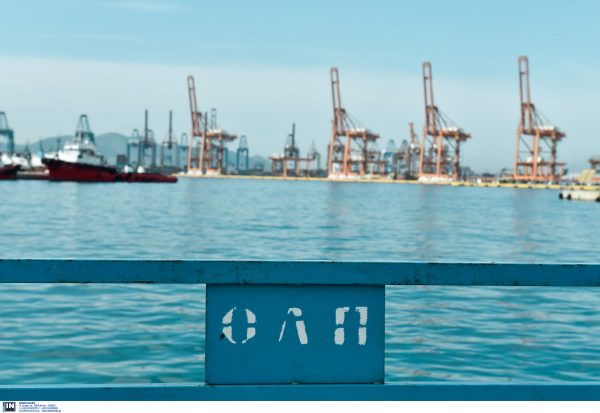



 Αριθμός Πιστοποίησης
Αριθμός Πιστοποίησης